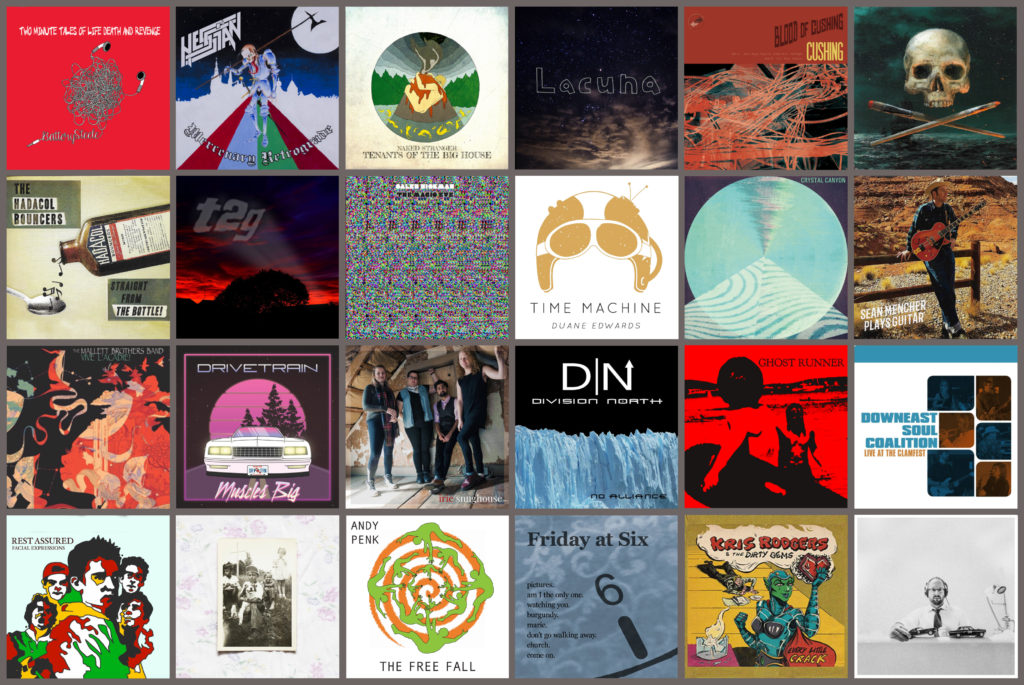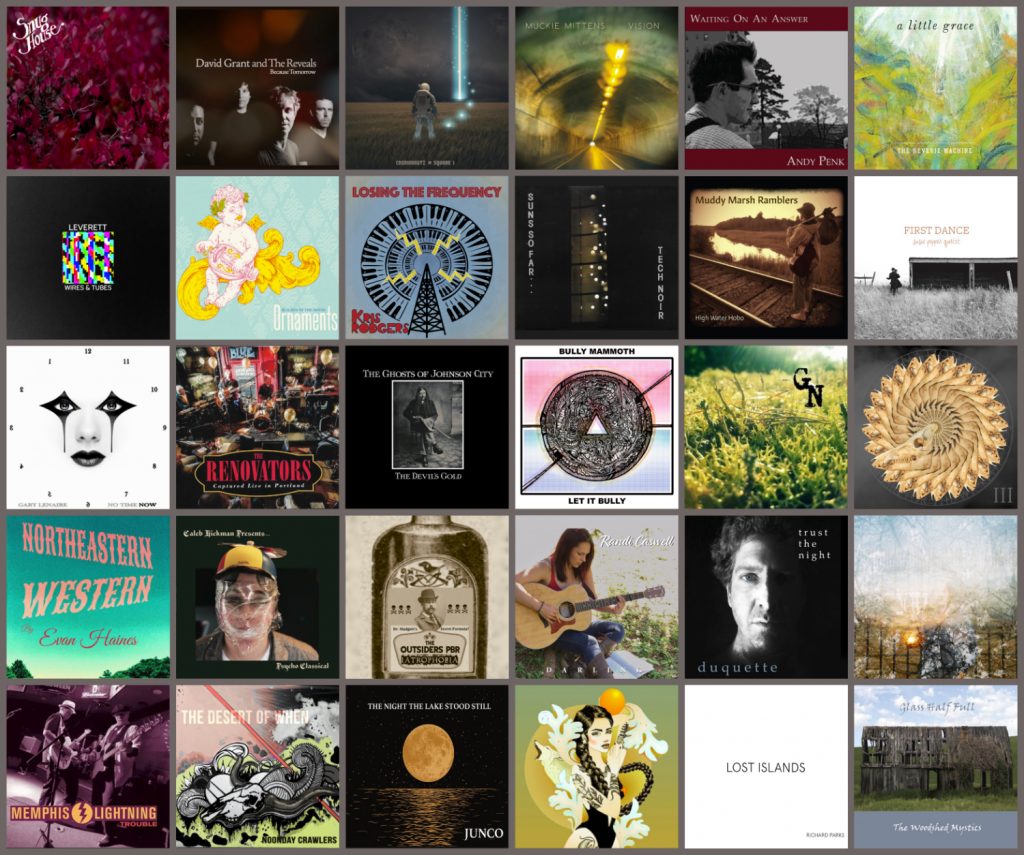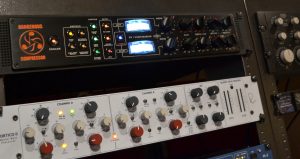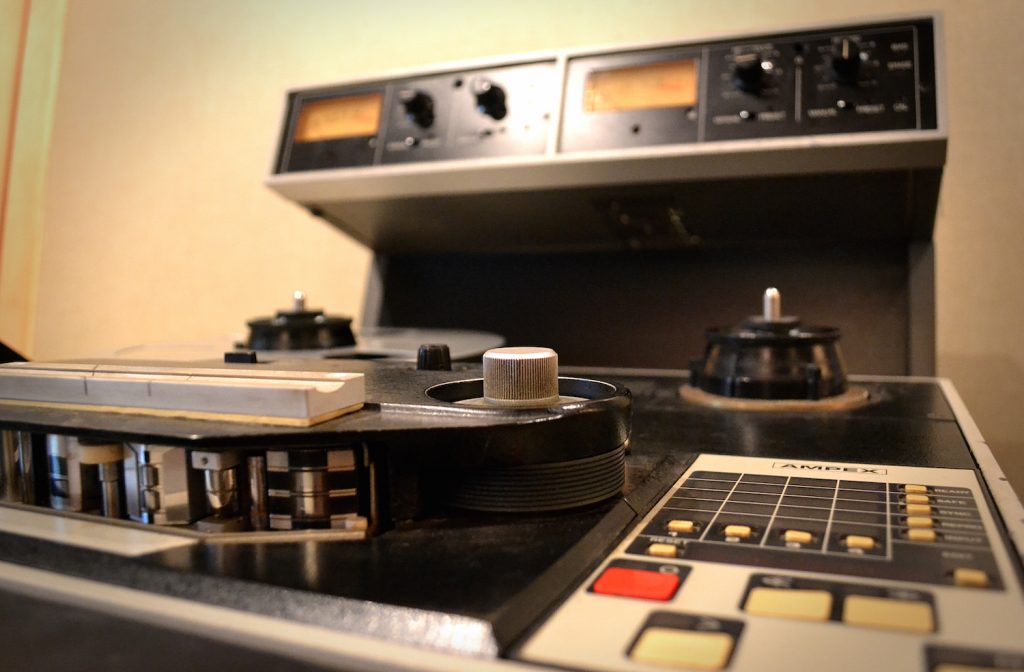People often ask me What is mastering? Mastering is not just about making things loud, but focuses instead on bringing out the most in the mix, and translating the best-sounding result regardless of where the track is being listened to– in your car, with headphones, off laptop speakers, or through a top-notch sound system. There are no generic presets that can automatically master a track, and my approach to each tune differs because i’m taking into account what the client wants in terms of dynamics and volume and considering both their personal taste and the conventions of the genre of music to reach the final version.
Before we start, I take a look at reference materials that are in line with the project, and we try to come up with a target with reference to equalization (EQ) and volume that best suits the material. The final goal is for the material to leave better than it came in, and optimally formatted for distribution across different platforms (radio, online streaming, iTunes, CD, Vinyl, etc).
OK- you get it in theory, but sometimes it can be tricky to explain exactly what mastering does to a track unless you have some samples to actually listen to. So, I’ve uploaded a series of tracks to my soundcloud page so that you can listen for yourself– each tune has a version of the original mix (with gain structure so the volumes are the same) and my mastered version so you can compare and listen for the differences.
- First off, Circular, by Ghost Atlantic— with this tune we wanted to preserve the dynamic range, but also create a wider sound-stage for the instruments. Take a listen to the original mix:
and here is my mastered version:
Leander, Forbes/Wilson: As with most small jazz albums, the goal is to preserve the dynamics– to not make it loud, but enhance the music and keep the dynamic range. Take a listen to the original mix:
And here is my mastered version:
On The Line, Dark Hollow Bottling Company – With this track, we weren’t worried about the volume, but wanted to retain intent of artist: to preserve a warm, present, live-sound feel. Here is the original mix:
Here is my mastered version:
For Conor Mulroy’s bluegrass track we wanted to retain dynamics, not push too loud, and create a wider sound stage for all the instruments to sit well together. Here’s the original mix:
And the mastered version:
Finally, a rock track by Jeriko Rose. For this tune we wanted to make it as modern as possible. Loud, bright, contemporary, make the guitars, drums, and vocals all pop out more from the mix. Take a listen to the mix:
and my final mastered version:
I hope that listening to some samples helped shed some light on what mastering does to sculpt tracks and bring out their best elements.



 y more recent projects: a soon-to-be-released E.P. from the thrash/ska/punk/soul group
y more recent projects: a soon-to-be-released E.P. from the thrash/ska/punk/soul group 